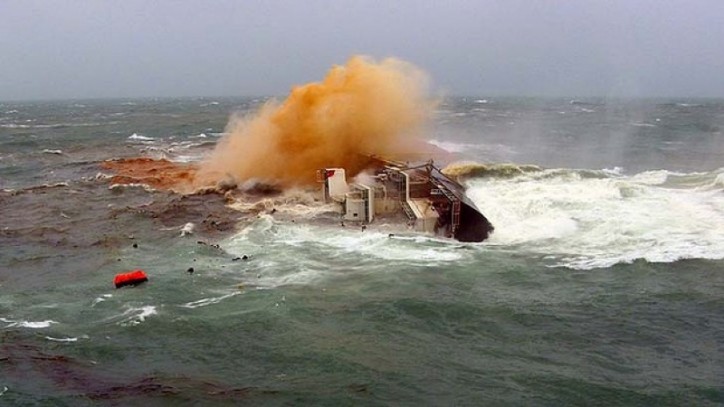DNV GL has published a guideline for the design and operation of vessels with bulk cargo that may liquefy. The guideline aims to raise the awareness of the risks of liquefaction and describes mitigating actions to reduce these risks. Many common bulk cargoes, such as iron ore fines, nickel ore and various mineral concentrates, have the potential to transform into an almost fluid state, threatening the stability of the vessel.

“Cargo liquefaction is probably now the most significant factor in lives lost at sea for bulk carriers,” says Morten Løvstad, Business Director of Bulk Carriers at DNV GL. “While the general safety level of modern bulk carriers has been significantly improved over the last decades, recent incidents have shown that cargo liquefaction remains a major safety issue. Since 2009, at least six ships of more than 40,000dwt have been lost to suspected liquefaction of cargo. These incidents have shown that cargo liquefaction is an issue that has not been sufficiently dealt with, and concerned owners and operators have contacted us for support and advice”, says Løvstad. “With this guideline we wanted to help our customers by not only increasing awareness and building competence around the phenomenon, but also to offer some strategies, both in design and operation, to reduce these risks.”
The guidelines highlight a number of measures to reduce the risk of liquefaction, including raising the centre of gravity by ballasting the top wing tanks, adjusting trim, retesting moisture levels in the event of rain, and keeping a seven-day-or-less time interval between moisture testing and loading.
On the design side, the guidelines examine the potential for carrying cargoes with high moisture content onboard specially constructed vessels, in compliance with the IMSBC Code.
The guideline also examines how and why liquefaction can occur, which bulk cargoes are subject to liquefaction risks, explains the Transportable Moisture Limit (TML) and presents the effect of liquefaction on a vessel. The aim of the guideline is to provide ship designers, yards, shipowners and other stakeholders in the shipping industry a basis to assess the risks and begin the process of making their vessels and their operational processes safer when it comes to the risks of liquefaction.
Source: dnvgl.com